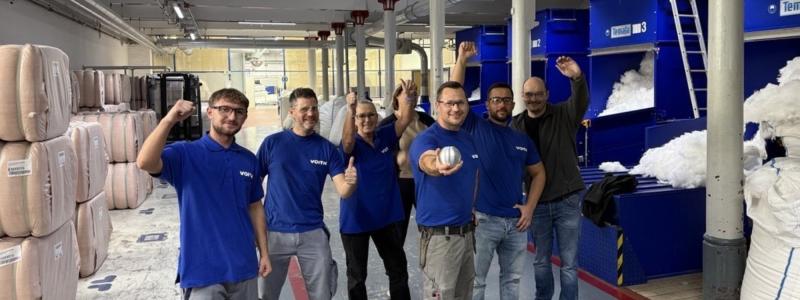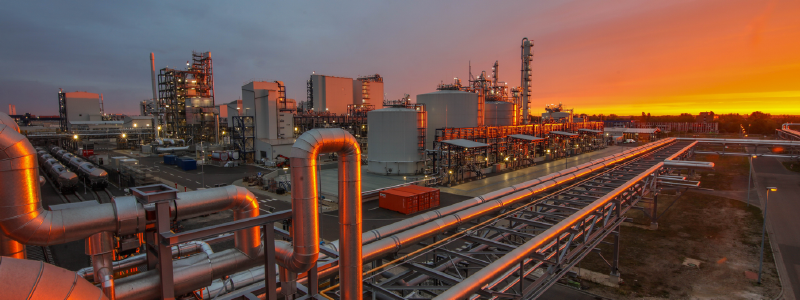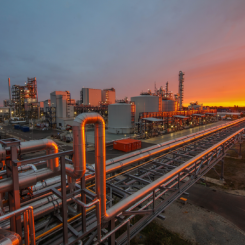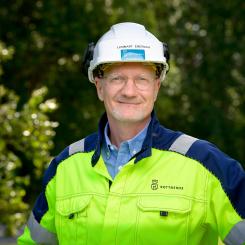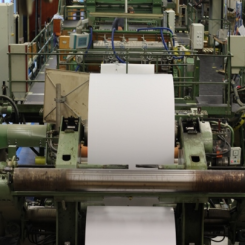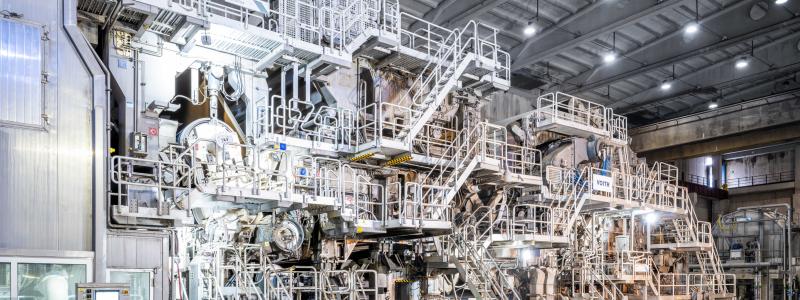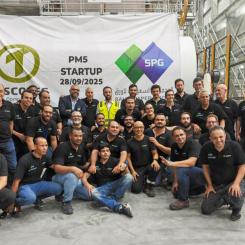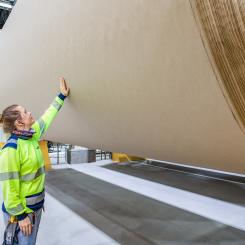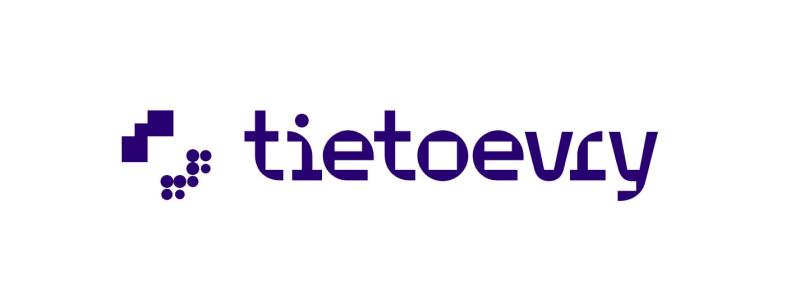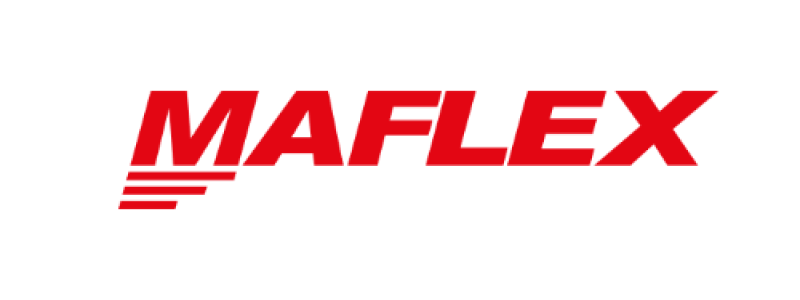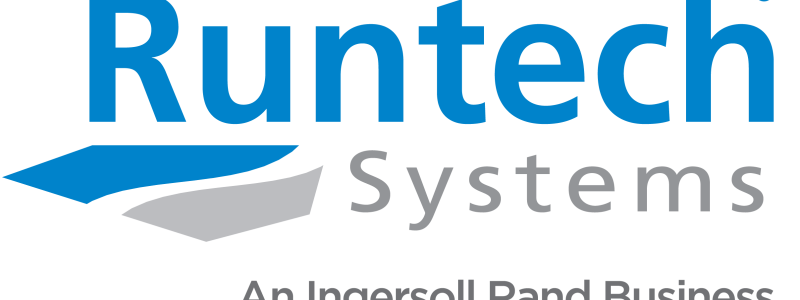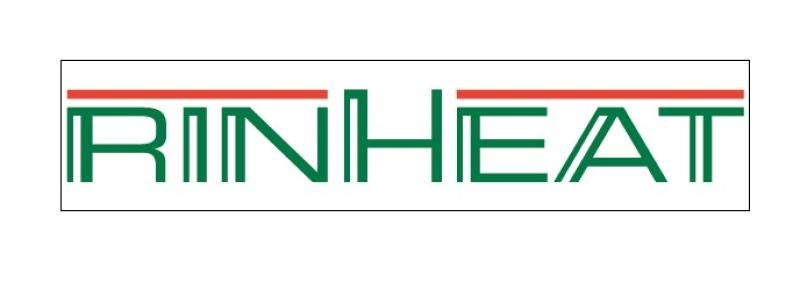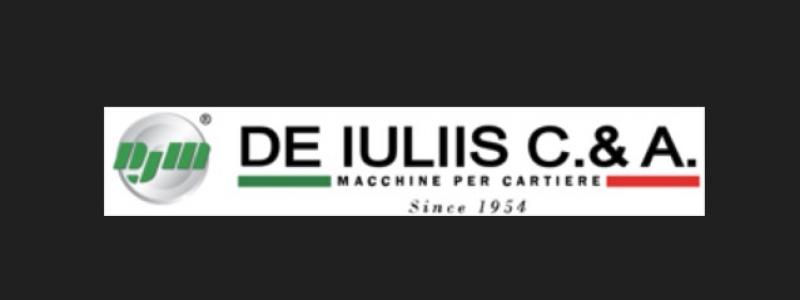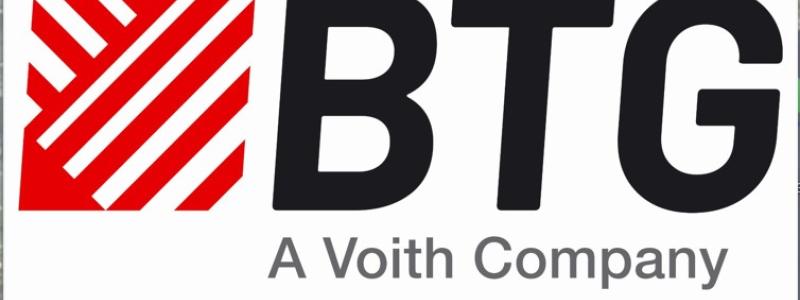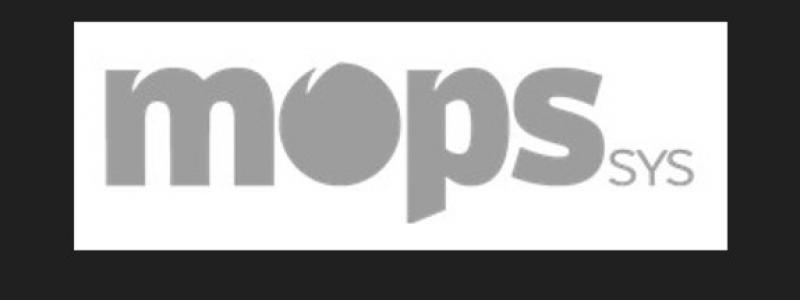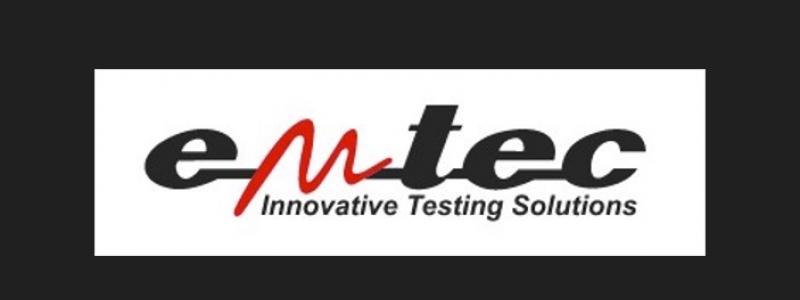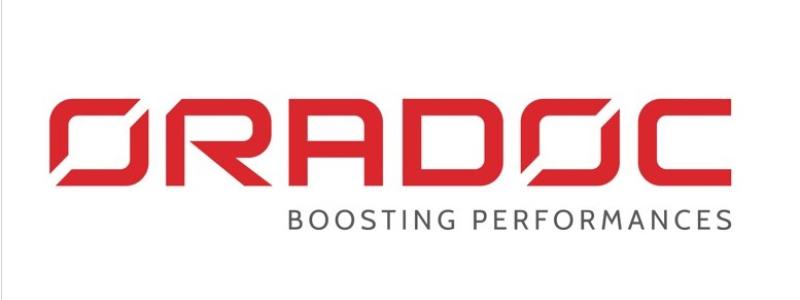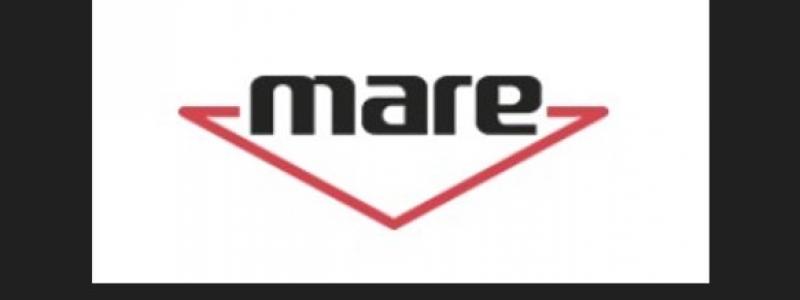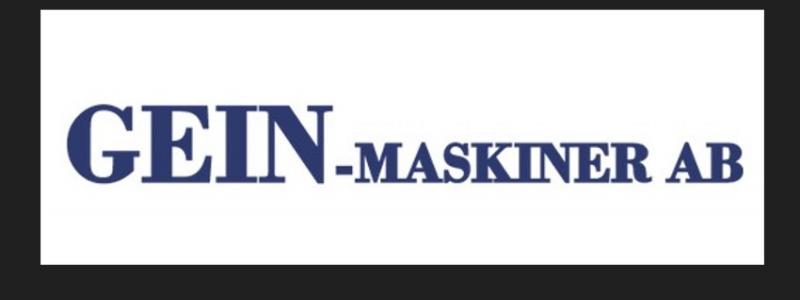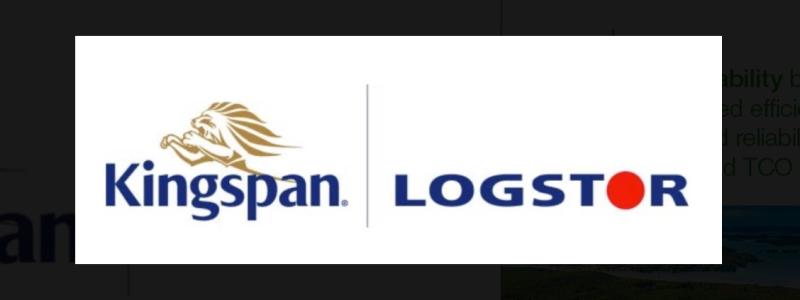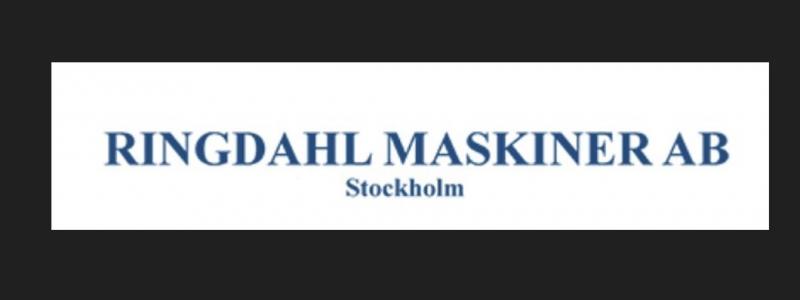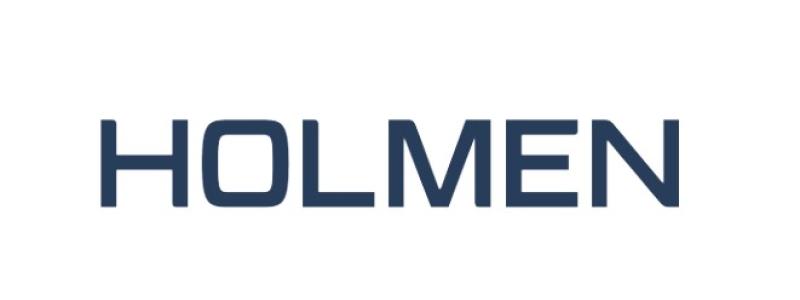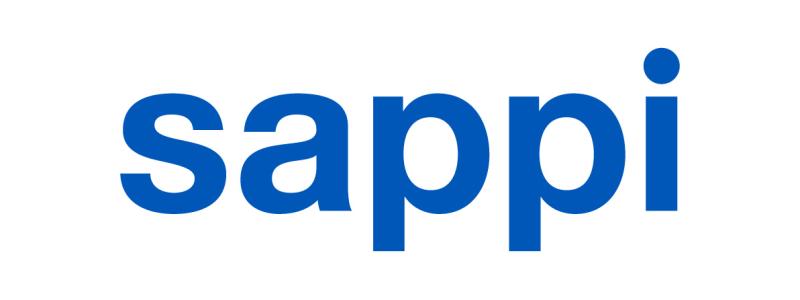Valmet has received a large automation order from Lahti Energy for the Kymijärvi III bio heating plant currently under construction in Lahti, Finland. Valmet's advanced automation solutions will enable the company to promote sustainability by producing energy from certified biomass.
The order is included in Valmet's second quarter 2018 orders received. The value of the order is approximately EUR 2 million. The system commissioning is scheduled for 2020.
"Lahti Energy is happy that Valmet's offer was the most competitive in the public procurement. We are confident that Valmet is able to deliver a system that will fulfill our needs long into the future," says Mika Timonen, Project Manager, Lahti Energy.
Cooperation between Lahti Energy and Valmet started in the 1990s with an automation modernization at the Kymijärvi I plant. In 2012, Lahti Energy started up its Kymijärvi II power plant, which features the world's first solid recovered fuel (SRF) gasification process and is run with Valmet's automation technology. Additionally, the company uses the Valmet DNA system to manage operations at its heating plants in Lahti as well as in the neighboring communities of Heinola and Vääksy.
"Valmet is very delighted to be able to continue and further develop the solid, long-lasting cooperation with Lahti Energy with this Kymijärvi III bio heating plant project, too," says Olli Koivumäki, Sales Director, Automation, Valmet.
The new Kymijärvi III bio heating plant will replace the coal-fired Kymijärvi I plant that was started up in the 1970s. The new heating plant will decrease Lahti Energy's CO2 emissions by 600,000 tons per year. The district heat capacity of the plant will be approximately 190 megawatts.
Valmet's scope of delivery consists of a Valmet DNA automation system, safety-related systems, an information management system, including applications for fuel data management, emission calculations and power plant key performance indicator (KPI) calculations, and a district heating optimization solution.
A unique feature of the system is that it is based on a virtualized server structure, which reduces the number of physical servers and stations, thus simplifying maintenance and improving the system's scalability for future needs.







